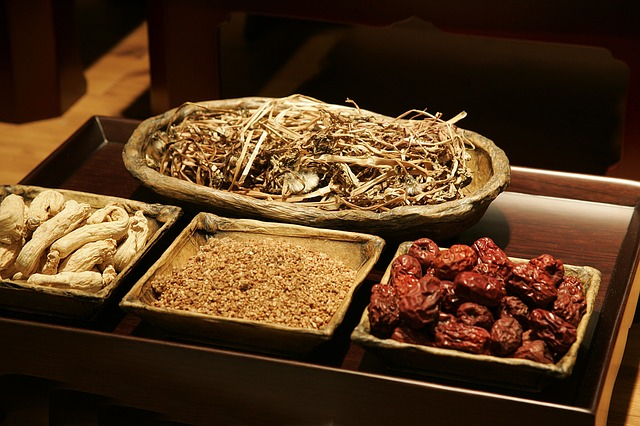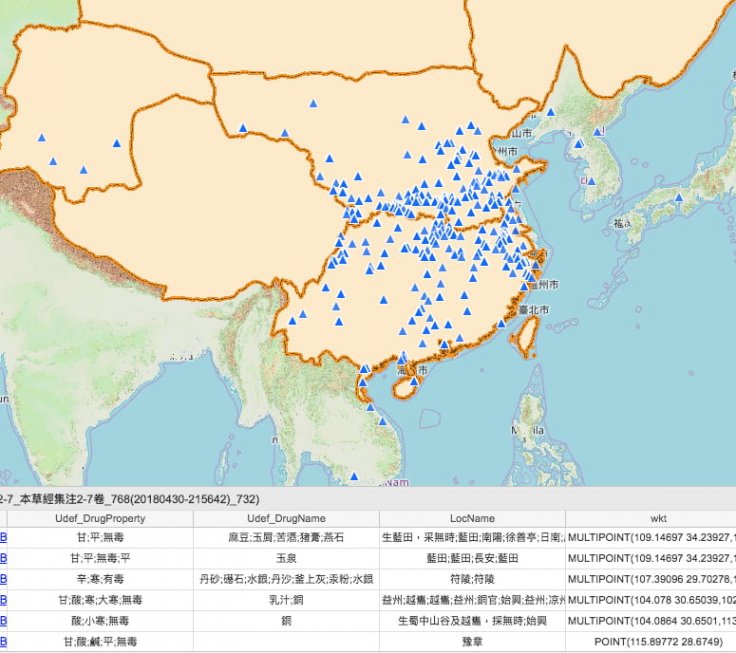
Traditional medications, especially Chinese medical substances have inspired many drugs which are currently available in the markets. But the circulation of medicines by traders, monks, travellers and healers across Eurasia has a long history that is hard to trace. To address the issue, an NTU scientist has developed a new tool to track these centuries-old medicines used across Asia's ancient cultures and geographies.
In collaboration with the Research Centre for Digital Humanities at the National Taiwan University and recently NTU's Office of Information, Knowledge and Library Services, Assistant Professor Michael Stanley-Baker designed the digital tools platform DocuSky.
This tool was designed to track medical products derived from animals, plants and minerals across different genres of texts—in particular, the digitised Buddhist and Daoist canons, as well as early medical literature.
As mentioned, this newly developed tool allows the user filter search results according to time, textual genre, sectarian divisions and production sites, which became possible with the help of a geographic information system.
Feeding the results into social network analysis software like Stanford University's Palladio will make it possible to see the "visualisation of the distribution of over 12,000 drug terms across genres, time, sectarian divisions and geographic space."
Prof Michael said their digital tools allow the researchers to see new patterns, and are extremely useful for understanding the historical interaction of medical traditions over time. These could be used in future to analyse recipes and drug compounds for potential biomedical applications or for safety regulations by nations.
However, while tracing the geographic distribution of medieval Chinese drugs, the NTU Professor stated, "The geo-locations of medicinal products described in late 5th-century work, Annotated and collated materia medica (Bencao jing jizhu 本草經集注), were mapped with the help of DocuSky's DocuGIS tool."

The map above has suggested that ancient Chinese medical substance trade at the time extended as far south as Funan northeast into what are today Korea and Japan.
"I am currently working with scholars of Sanskrit, Arabic, Latin, Greek and Hebrew medicine to create a database of digitised, multi-lingual texts. Initially focusing on the Chinese language prototype, we are developing a vocabulary tracking system, called a synonymy" to trace drug terms across these languages, said the NTU scientist.
With the help of Singapore Botanic Gardens, the researchers are currently synchronising collected data with the Medicinal Plant Names Services at Kew Royal Botanic Gardens and the Global Biodiversity Information Facility.
They also believe that the foundation will enable studying the global circulation of early material and may help to make the reservoir of global traditions accessible to biomedical research for better integration of medieval medicines in modern healthcare.









